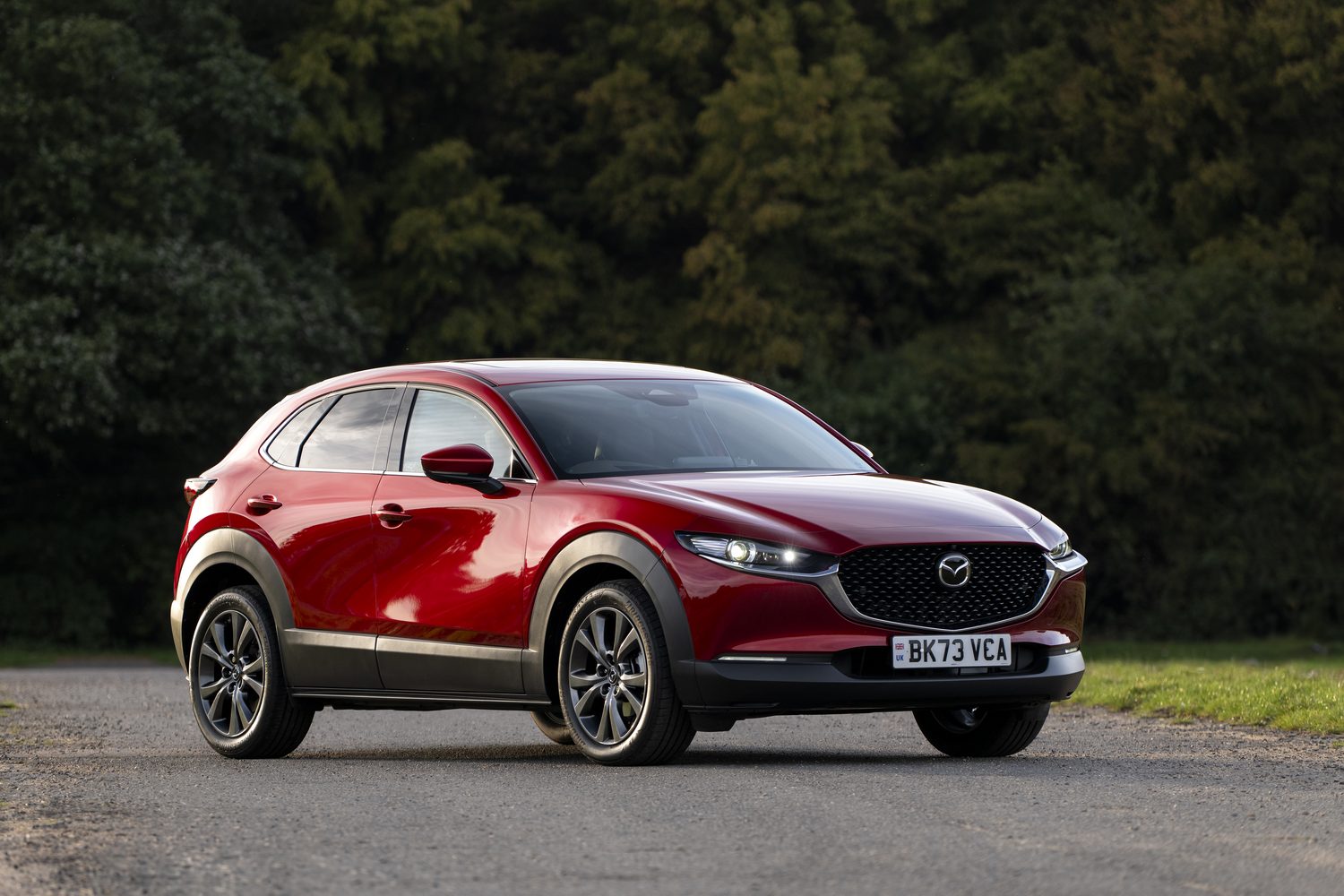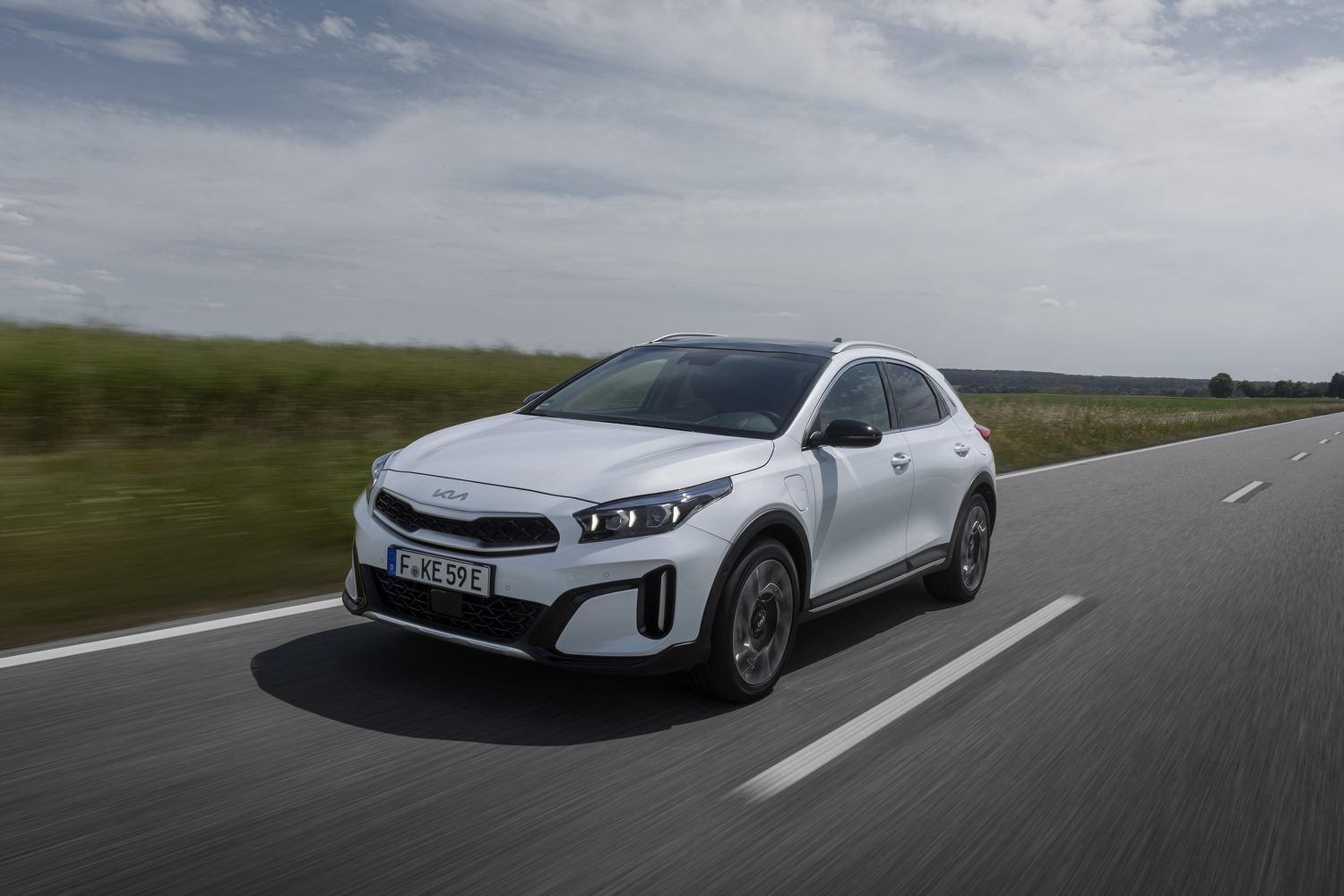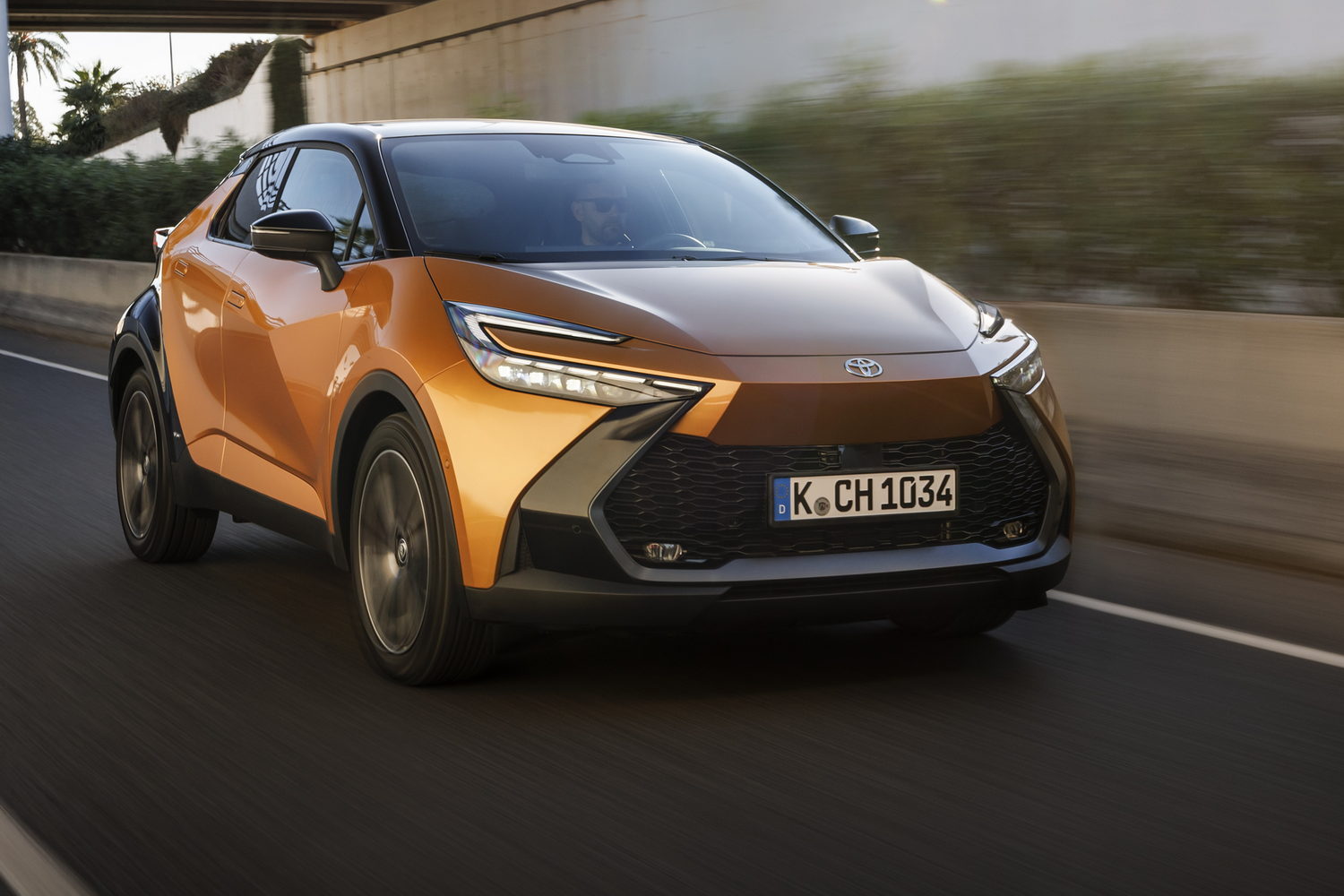Mazda is known for lightly tinkering with its models every year, rather than waiting longer to do one major update in the middle of a given vehicle’s life cycle. So, while you’re looking at the 2024 model year CX-30 compact crossover in these pictures, so subtle are the amendments that working out it’s the new one isn’t the work of a moment. Will buyers appreciate the upgrades?
In the metal

There are no changes to the exterior of the Mazda CX-30 for the 2024 model year, although this isn’t terrible news because it - like so many Mazda products - looks generally very nice. About our one criticism of the CX-30 is that it doesn’t have any more kerb appeal than the model it is based on, the Mazda3 hatch, so if you’re looking for an obvious SUV look in this class then the Mazda might not be the best choice. Conversely, if you don’t want a crossover that looks like a rugged SUV, this could be for you.
What has changed for 2024 is the interior connectivity. All models now get an infotainment screen enlarged from the 8.0-inch display previously used to a 10.25-inch affair in the new car. This allows for clearer navigation mapping of Mazda’s proprietary software, while the addition of wireless Apple CarPlay and Android Auto, a ‘Qi’ wireless smartphone charging pad and the support of both Apple CarPlay and Android Auto’s own navigation systems in the vehicle’s head-up display make the 2024 CX-30 that bit more high-tech than before.

Otherwise, Mazda excels at material quality, with a superbly solid level of feel for the fit and finish which always makes its cars most pleasant to sit in. The clarity of its gauges and the ergonomic correctness of its switchgear, linked to the ‘MZ Connect’ rotary controller on the transmission tunnel for the infotainment, cannot be faulted, but unless you’re in a high-spec model with the leather interior featuring contrast brown panels here and there, the cabin of the CX-30 is quite staid. Further, you don’t feel as if you’re sitting very high - surely one of the reasons you’d pick a crossover in the first place. Never mind; at least practicality is good, with roomy rear seats and a 422-litre boot behind.
Driving it
The car-like experience of sitting in the CX-30 is enhanced once you fire up the engine and hit the road. This, of course, can be construed to be a good thing: feeling low and hunkered to the surface, the Mazda has crisp, clean handling, and even some feedback at the steering wheel. So, it’s one of the better-driving vehicles of this type, although that’s not what buyers opt for this sort of crossover for in the first place.

It doesn’t feel noticeably different to a Mazda3 - there isn’t an appreciable uplift in ride comfort nor rolling refinement, for example. This is in no way a negative, because the CX-30 rolls along with impeccable discretion in terms of limiting the intrusions of any external noise contributors, while its wonderful, supple suspension provides ample comfort at anything from low-speed manoeuvring to motorway pace. Yet there’s no real edge to its abilities, no sensation that you’re in something a little higher riding, more softly sprung, better able to deal with the drudgery of day-to-day driving than a Mazda3.
Also, the model we tested this time was the all-wheel-drive variant, which obviously subconsciously might confer the idea that it’s a proper off-roader. But it’s not - you’re really buying that ‘AWD’ badge on the back for the added on-road traction it might afford in slippery weather. From behind the wheel, we couldn’t sense any difference between this car and the last CX-30 we drove that was front-wheel drive, so we’re not sure the AWD merits the extra expense it incurs.
Neither are we convinced by the technically impressive e-Skyactiv X spark-controlled compression ignition (SPCCI) engine. It has undoubtedly improved since we first drove it, but it still feels the least rev-happy of all of Mazda’s usually free-spinning petrol engines, but it hasn’t a lot of torque, despite its 186hp peak power being a lot. The Mazda’s lack of a turbocharger means you can get caught out if you’re not careful, with the engine labouring as the car struggles to build speed if you’re in too high a gear at too low revs.

All in all, and putting aside our minor grievances with its dynamic display for a second, this is a comfortable, enjoyable car to travel in.
What you get for your money
Mazda has reorganised the specification line-up for the 2024 CX-30 family to a five-tier set-up, running Prime-Line, Centre-Line, Homura, Exclusive-Line and then Takumi. There’s then a choice of the regular mild-hybrid 2.0-litre petrol engine, dubbed e-Skyactiv G and making 122hp, or this more potent e-Skyactiv X. Six-speed manual and automatic gearboxes are offered too, as well as all-wheel drive over and above front-wheel drive on the more powerful variants.

Mixing and matching all these facets means there’s plenty of choice in the CX-30 range, and while a starting price of €34,525 isn’t too bad at all, be careful if you start loading the Mazda up with all the available technology and options. An entry-level Prime-Line comes with plenty of desirable essentials, such as 16-inch alloys, LED headlights, rear parking sensors, the 10.25-inch infotainment system, a leather steering wheel, keyless entry, a head-up display and manual air conditioning, among more, but at the other end of the scale, a loaded-up Takumi model with the e-Skyactiv X engine, AWD and a manual gearbox is a chunky €47,865. Add an automatic transmission into that mix and the CX-30 goes well beyond the 50-grand marker.
Summary

Mazda’s not alone in making a subtle crossover that’s based on an existing car in its product line-up, as you’ll see from our rivals listed here. Yet for all of those, there’s a key point of differentiation in the way they look, or the interior ambience they serve up, or the higher seating position that they offer, or the driving experience they provide, compared to the lower-riding cars with which they share so much. With the CX-30, though, it feels too capably car-like. It’s a brilliant thing in many regards and if it were the Mazda3, we’d be lauding it most highly. But there already is a Mazda3 that’s as nice to sit in, even better to drive and cheaper to buy. Perhaps the more practical nature of the CX-30 will appeal to some.

























